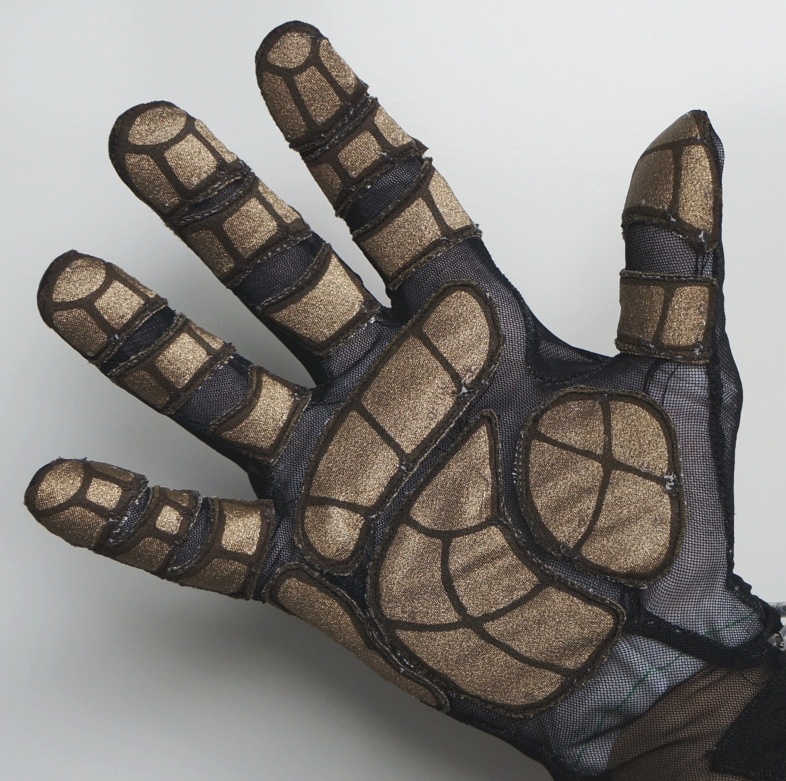 Within the EU-Project WearHap, we develop different wearable devices, most notably a tactile-sensing glove, based on our elastic, fabric-based tactile-sensor-technology. The Tactile Glove provides normal force/pressure measurement in approx 60 taxels spread across the whole palmar side of the hand and allows to record human interaction forces while grasping or manipulating objects.
Within the EU-Project WearHap, we develop different wearable devices, most notably a tactile-sensing glove, based on our elastic, fabric-based tactile-sensor-technology. The Tactile Glove provides normal force/pressure measurement in approx 60 taxels spread across the whole palmar side of the hand and allows to record human interaction forces while grasping or manipulating objects.
read more »





















